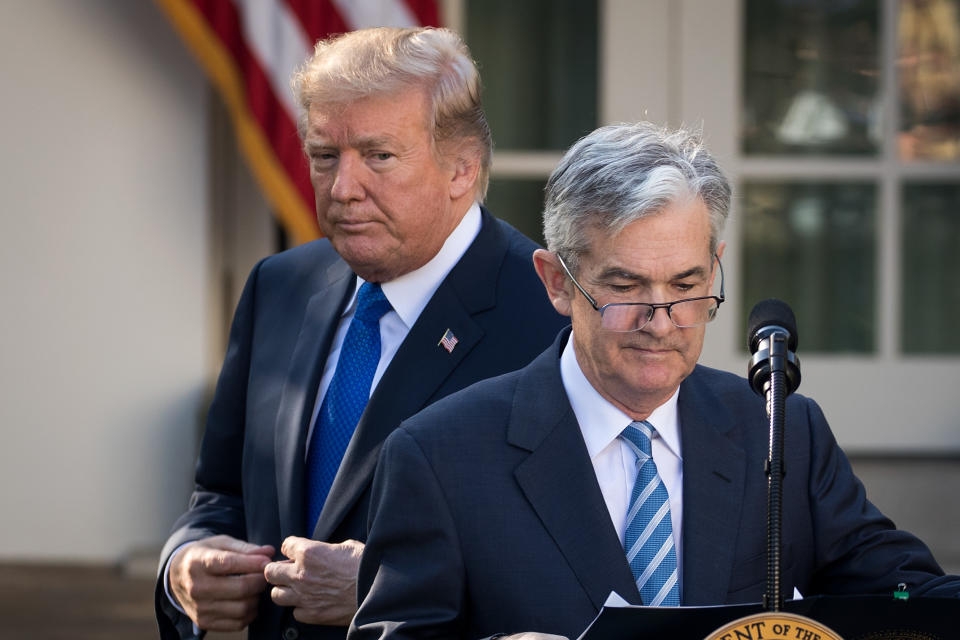Edelman: Endless federal red ink may doom Social Security recipients
The sky appears to be the limit for U.S. federal deficits, a reality that has some economy watchers nervous.
According to a new report from the Congressional Budget Office (CBO), the average federal deficit is now expected to hit an eye-popping $1.2 trillion per year between 2020 and 2029—a total of $12.2 trillion over that period.
That’s $809 billion higher than the CBO’s estimate just a few months ago thanks to Congress’s latest budget deal.
The new deficit figures are amplifying fears among some retirement security experts about an inevitable blow to critical entitlement programs. First and foremost: Social Security, which is already dancing on the knife’s edge of insolvency.
“If nothing is done, the [Social Security] Trust Fund is depleted in 2035,” Edelman Financial Engines executive chairman Ric Edelman told Yahoo Finance’s YFi PM. He appeared as part of Yahoo Finance’s ongoing partnership with the Funding Our Future campaign, a group of organizations advocating for increased retirement security for Americans.
Edelman said the depletion of the Social Security Trust Fund would likely trigger a catastrophic sequence of events.
“At that point, under current law, all beneficiaries — everybody getting Social Security checks — will get a check that’s 23% smaller. This could push millions of American retirees into bankruptcy,” he warned.
Social Security and the major federal health care programs like Medicare will account for more than 90% of the projected growth in nominal mandatory spending through 2029, according to the CBO report.
However, the latest estimates from the Social Security Board of Trustees show annual costs are projected to exceed the program’s annual income beginning next year.
Long-term consequences
The relentless pressure from President Donald Trump on the Federal Reserve to further lower interest rates is giving Edelman additional concerns about the country’s financial future.

“In the very short term, it accelerates the economy. The problem is that as the economy heats up as a result of all of that, inflation kicks in, forcing the Fed to then reverse itself and raise interest rates,” Edelman told Yahoo Finance.
“When that happens, bond values get crushed and you begin to see the inverted yield curve and bad things happen in the long term,” he added.
Further adding to that economic uncertainty are tariffs. The CBO says that the Trump administration’s tariff regime — primarily targeting Chinese goods — will reduce real U.S. GDP by about 0.3% by 2020.
“It’s so far not going the way the president predicted, but that doesn’t mean he’s wrong,” according to Edelman. “Is the president crazy? Or crazy like a fox? Nobody really knows yet, and that’s the issue.”
Nick Robertson is a senior producer at Yahoo Finance.
READ MORE:
The days of trying to 'haggle' over your cable TV fee are gone: analyst
Oregon's legal weed is being undermined by cheap supply, and a black market
Follow Yahoo Finance on Twitter, Facebook, Instagram, Flipboard, SmartNews,LinkedIn, YouTube, and reddit.
